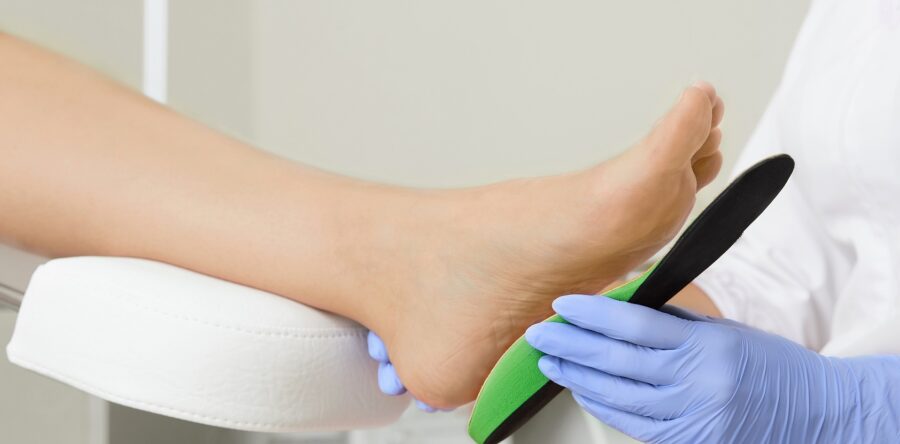3 Tips for Treating Plantar Fasciitis
Plantar fasciitis is an often-seen, painful inflammation and/or thickening of the plantar fascia, which is the fibrous band of connective tissue (basically a tendon or ligament) on the sole of your foot connecting your heel bone to your toes. Your plantar fascia supports the arch of your foot, and inflammation here is the most common cause of heel pain, not to be confused with heel spurs (which are not usually quite as painful). It can be a stubborn condition to treat, with unpredictable patterns, and some people spend years suffering without finding the right relief.
Risk factors include the following:
- Age. As you get older, especially once you reach middle age, you’re more prone to plantar fasciitis.
- Foot Mechanics. Having high arches, weak plantar flexor muscles, or even an unusually tight Achilles tendon can predispose you.
- Activity. Sometimes too much activity (e.g. running or standing for too long) can cause this type of foot pain, but sometimes lack of activity can be the culprit.
Weight. Being overweight or experiencing a sudden gain in weight can put undue stress on your plantar fascia.
How Can You Treat Plantar Fasciitis?
1. Manual Therapy. Depending on how long you’ve been suffering, either a little or a lot of manual therapy should be used to help break up adhesions in your fascial tissue that have formed. This will help the fascia heal properly, i.e. the way it was intended to be. And what type of manual therapy may depend on you, and/or your specific manifestation of the condition. At Yellow Gazebo the manual therapies we offer to treat plantar fasciitis include chiropractic, physiotherapy, massage therapy, osteopathy, and acupuncture. Each one of these therapies can help with plantar fasciitis, so don’t be shy and ask us which one might suit you most appropriately.
2. Exercise. As mentioned above, stretching might help your pain, and one of the manual therapists in the disciplines we offer can help prescribe the right stretches for you. The other half to exercise, however, is strengthening. So be sure to explore with your therapist how the right strengthening exercise might help heal your plantar fasciitis.
3. Orthotics. If you have feet that just genetically have high arches, weak plantar flexor muscles, or even an unusually tight Achilles tendon, you may need more than manual therapy and exercise. While the first two treatments may resolve your pain, if you’re genetically predisposed to this type of pain then the best treatments for plantar fasciitis should probably include orthotics. At Yellow Gazebo you can meet with one of our chiropractors, who are experts trained in prescribing orthotics so that not only will you only be recommended these devices if you truly need them, but you’ll also get the best proper fitting for your feet.
If you would like to talk to one of our experts about your particular concern, we can give you a better idea of how your individual recovery process might look. For more info, call us today at 416-909-2334, or use the online booking link below to book your first treatment.
If you’d like some more information on how we can help with your pain, would like to book a free consultation or would like to go ahead and schedule an appointment at Yellow Gazebo, please give us a call at 416-909-2334, email us at info@yellowgazeboclinic.com, or use the online booking link below. We’ll be happy to help you get on your way to optimum health.









